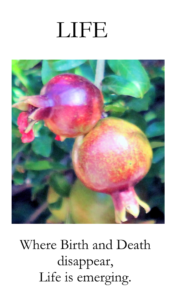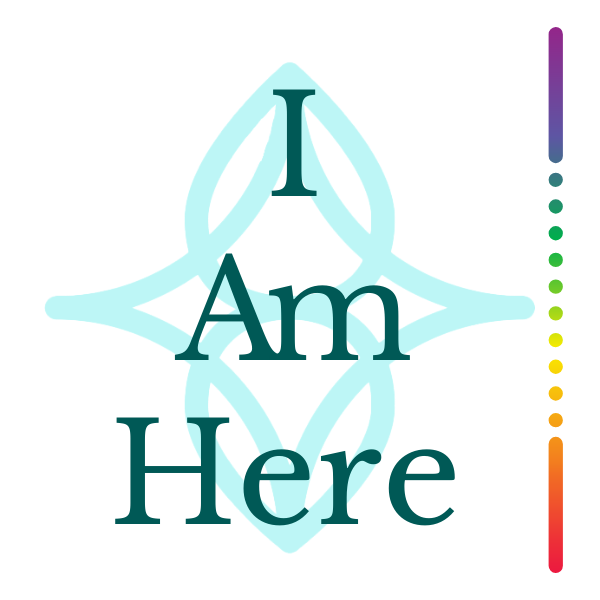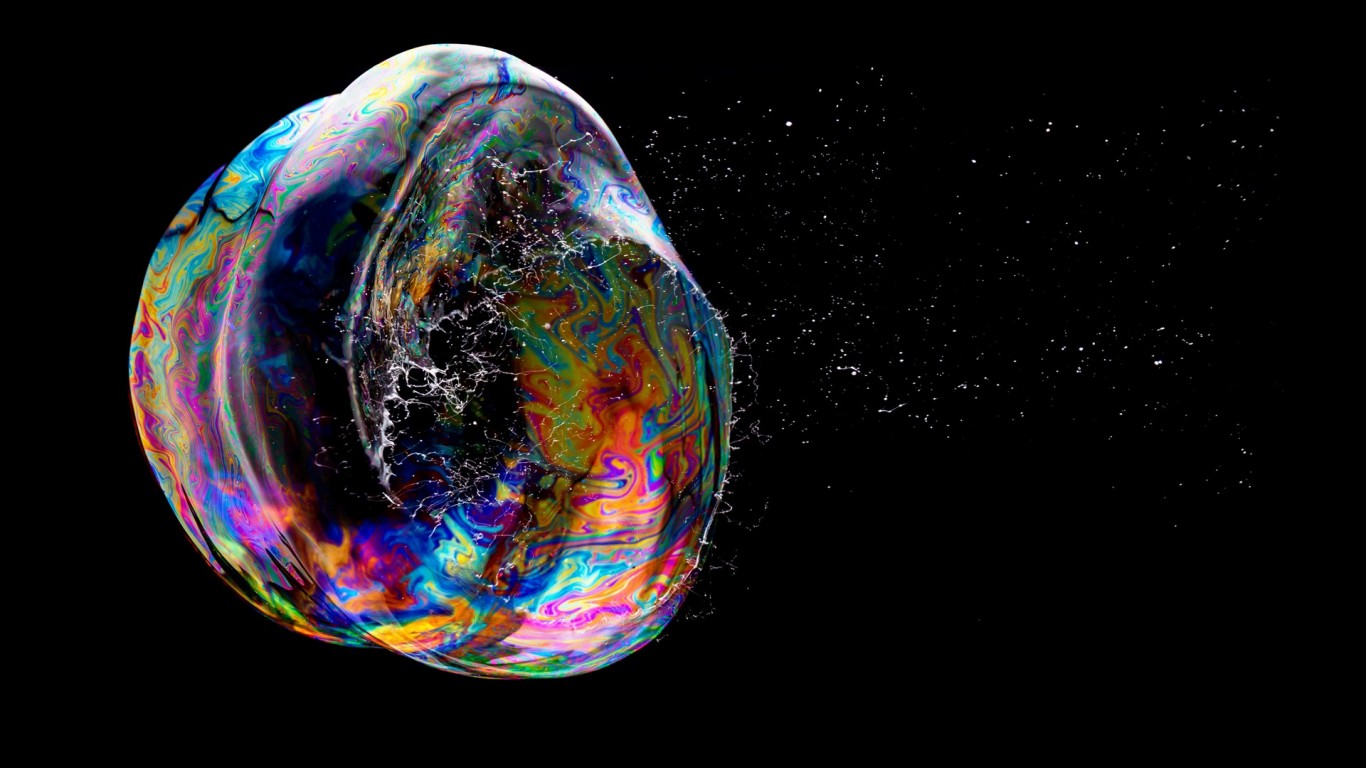“Birth is the partner of death. Life has no opposite. In life, death and birth are one.”
Birth
Contractions and trauma around birth can limit our ability to experience the birth of each moment in its wonder and freshness. Resistance is pre-coded in subtle forms based on the shock effect of unendurable physical sensitivity during the birth process. The senses – the receptivity of the skin surface, eyes, and ears – constrict, obstructing the natural channel of information. These sensory contractions, that restrain the awakening into physical life outside of the womb, include difficulty adjusting to the crude brightness of physical light, the cacophony of sound, the burn of air on the skin and the sensation of bruising where the body is pulled or carried around.
Sensory potential is also conditioned in subtler ways connected to birth. The stress patterns of the mother’s body in-utero and infancy are imprinted on the baby as atmospheric states. Like mist in the clear sky of pure awareness, these can be subtle moods of doom, sadness or shame, for example. They can even be more specific, such as the atmospheres of holocaust; insanity or addiction. Fear of conscious expansion into these formless mists of suffering can cause resistance to arrival in the here and now. Who would want to be reborn into a new moment where the air is initially experienced as toxic?
Resistance to birth, repeating as a template of resistance to the present moment, manifests as a difficulty to accept change. The nervous system reflexively diverts from the “Now” by grasping towards distraction. Yet the distractions themselves are often not random. Areas of social fear or rejection can be masked in thoughts connected with protection. For example, coming into the ‘Now’, one client with birth trauma that included a recurrent fear of swallowing her tongue, would suddenly be compelled to talk about financial planning. The atmosphere of poverty very much formed the sentient background of her mother’s state in pregnancy. This poverty consciousness from the past, held in living contraction, came forward when the present moment was awakened. She was being ‘born again’ with new opportunity to let the contraction around greed and poverty release into gratitude. When we truly access the present moment – the here and now – we meet the core contractions and states that imprinted the psyche at birth. This is a good thing. The moment we become aware of a feeling or attitude, it is loose from the Source of all awareness, we have deepened as the ‘seer’ to an inner space which is free from that affliction.
The difficulty in being reborn in the moment, coded by the difficulty around awakening after birth as a separate unit, slows the rhythm of transformation. Opportunities for a conscious refresh are weak and infrequent and there is difficulty allowing change. This difficulty is characterized by a holding onto thoughts, forms and situations to a point of anxiety. While everyone might tell them to “let go”, neither the object to release nor the one that needs to let go can be differentiated.
Opening to the feelings of helplessness and shock – which includes training the nerve system to relax within them – can encourage the wonder of awakening to the present moment outside of the story of past and future, which can liberate consciousness and the physical senses from the traumatic freeze around birth and human manifestation.
Death
While birth is celebrated in our psychological conditioning, death tends to be a source of dread. Yet both our past physical birth and our future death are contained in each moment, in the now.
The belief in the absolute reality of death as the negation of life generates fear. Fear leads to postponement and denial. Denial is a withdrawal of consciousness from an area of fear through resistance and distraction. It is often confused with courage. Yet it’s a fool’s courage which allows a conceptual beginnings (birth) and rejects inevitable endings to maintain the illusion of possessing and controlling the story. The story can only ever be a pale and limited reflection of the unfolding of life in the ‘Now’.
Through all layers of form, we are perpetually dying and perpetually being born. Transformation is simultaneously the death of an old form and the beginning of a new one.
Beginning always leads to ending that always leads to beginning. Life is the energy in which this patterning occurs. Life expresses and receives through perpetual transformation. Birth and death are co-dependent in the nurture of form.
In this, birth trauma will be reflected in fears of death. Imbalances created through the denial of death include obsessive-compulsive patterns; difficulty letting go; rigid structures of belief and an addiction to the story, both in controlling the plot and in forcing that story, or reality, on others. The point of view or perspective of individual consciousness becomes rigid and unresponsive.
As the separate ‘I’ is terrified by death, it threatens death towards other forms. It’s ‘Me Versus You’; ‘kill-or-be-killed’; ‘Us Versus Them’. Living form goes to war with living form in the quest to survive. What is the threat that form is surviving? The threat is life. Not death, but life has become the enemy.
The belief in death as a negation of existence splits the psyche, divides us from each other and within ourselves. When we try to kill an experience arising within ourselves, we contract the channel of consciousness. In doing this, death as a concept is at play in trauma and the formation of contractions. The reality of death can be traumatic or even inconceivable, and the trauma of death is recycled and propagated collectively through many forms of horror.
The rotting corpse, suddenly void of human purpose and decomposing back to physical sources, signals the end of a physical life cycle. It is the inevitable transformation and release from form that challenges every layer of identification to let go. Through letting go, contemplation on death in the Now can release unconscious or somatic layers of stress held within the physical body. The release of this stress can feature as the liberating rush of awakening. Consciousness is no longer limited to identification with the body and mind.
When we let ourselves fall through the fear of death, temporal forms lose their grasp, and there’s an opportunity to rest as the peace prior to form, unaffected by all transformation. The fear of death releases, which leads to a quickening in energy and a liberation of fields of possibility. Change is allowed through the permissive power of the unchanging, existential core of all we are.
Life – A Nondual Quality

Life is never born and life never dies, although life expresses through all passages of birth and death. Just as each beginning leads to an end, so does each departure precede arrival. Can life be separate from the source of all we are, as we grow, change, transform, grow wise, and age through the gentle cycles of form? Need life be divided from itself? Can life ever be separate from life?
Open the core of the living, in each breath in every moment, alive in every step taken where life moves through the body and into life, and back through the body to the core of boundless life behind even the most intimate knowing of all we are.
Here, I am always, already alive.
Every living cell is made up of proteins and as such life science was for centuries focusing on how proteins are created. Not much attention was paid to how those same proteins were destroyed. The bias was on the birth of the protein, not on its death. In the 1980s, three scientists – Aaron Ciechanover and Avram Hershko of Technion, Israel and Irwin Rose of the University of California – began researching into regulated protein degradation. The subsequent discovery of the ubiquitin system won them the 2004 Nobel Prize in Chemistry. The polypeptide ubiquitin, they showed, tags proteins for destruction. Death of proteins, and of cells, is fundamental to the well-being of the whole. For example, if not enough proteins are tagged to die, then cancer can come forward. If too many proteins are tagged for destruction, we see neurodegeneration. Physical well-being depends on the harmony, balance and attunement of the ubiquitin system. It is the free functioning of creation and destruction within the inner universe of a cell that supports the health of the whole living form. Living manifestation requires a natural balance in creation and destruction and between birth and death.
Just as physical cells require a free circulation through cycles of birth and death, so do psychological ones. Birth and death are so interdependent that contractions and trauma around past birth repeat as contractions around future death. This causes a resistance to direct experience, a prohibition against helplessness and a refusal of vulnerability. Experience requires us to open in receptivity which means we must allow both vulnerability and helplessness. When these are denied, experience contracts.
Where there is a contraction around life, there can be difficulty both in action and receptivity. As much as we fear death, we fear surrendering to a form that will die. Contracted experience still echoes the fear of impermanence, however, so deeper denial and greater contraction is needed. Vitality is blocked, and direct living experience becomes increasingly shut down as the mind tries to satisfy the hunger for life with what it believes it can control, and thoughts or activities it believes are safe. Whether this hunger is reached through sexuality, material possession, status, spiritual acquisition, drugs or food, it can never fill the all-pervading absence experienced in the loss of connection to life in the here and now.
Birth and death both call for life. Life is the harbinger of joy in manifestation. In the profound words of Thich Nhat Hanh: “The moment when the wave realizes that she is water, she loses all her fear and she enjoys much more being a wave. She is free from birth and death, being and non-being, high or low, because when we are able to touch our ultimate dimension, we are no longer subjected to fear – fear of being; fear of non-being; fear of birth; fear of death.”
“Death is not extinguishing the light; it is only putting out the lamp because the dawn has come.”
Rabindranath Tagore




